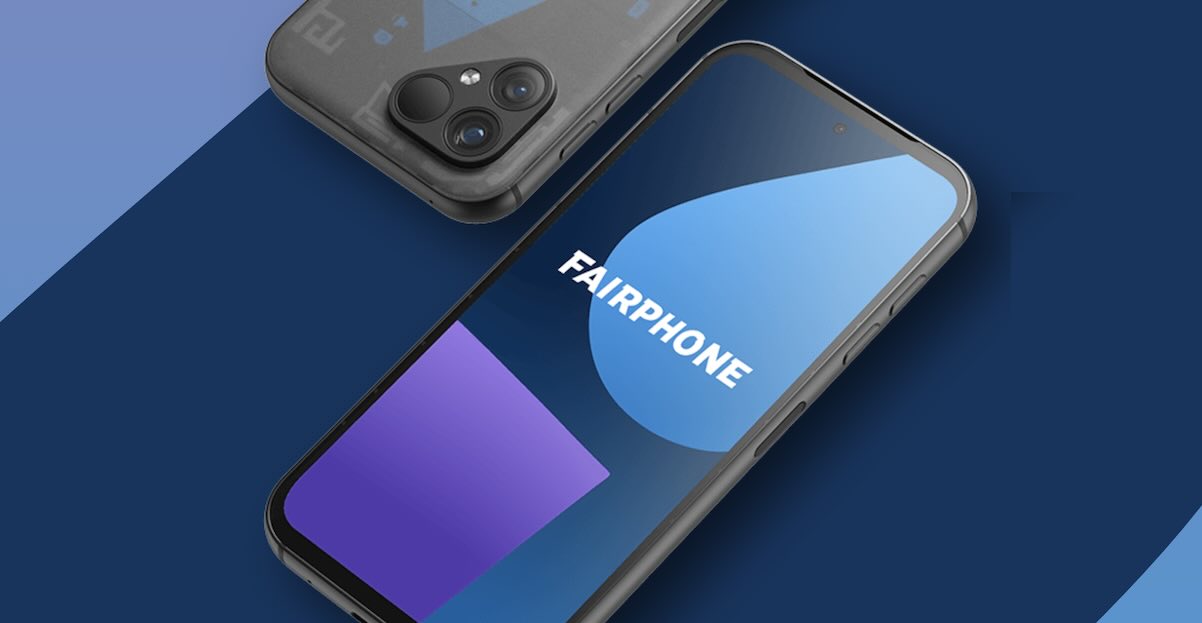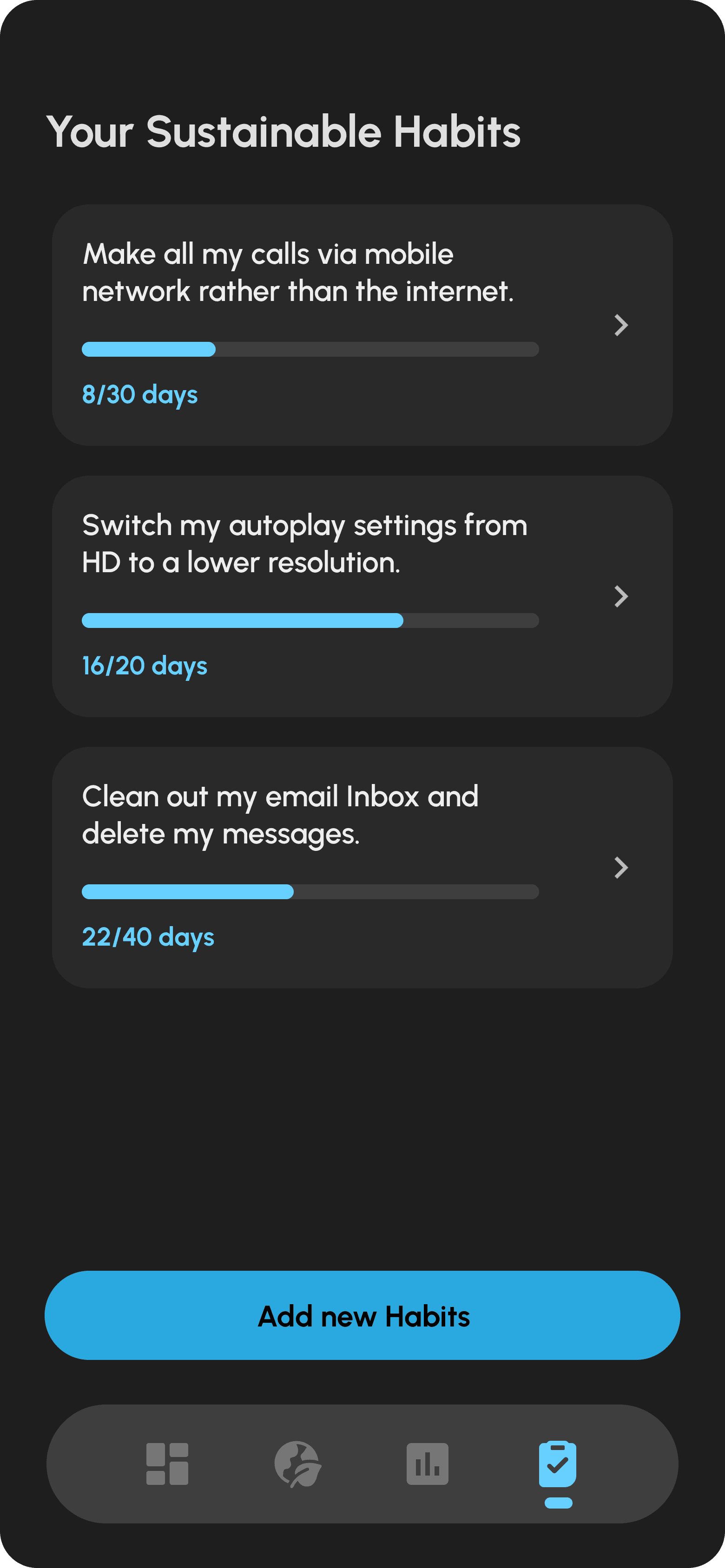
An application designed to help users understand and reduce the carbon footprint of their smartphones.
CLIENT
Fairphone
SERVICES
UX and UI design
DURATION
Five Weeks
In the modern digital age, where connectivity is ubiquitous and smartphones have become indispensable tools in our daily lives, the environmental impact of technology usage cannot be ignored.
The Netherlands heavily depends on grid power for energy needs, with a mix of renewables and fossil fuels. Energy efficiency and reducing carbon emissions are crucial, even in smartphone usage due to the internet's energy consumption. Data centers supporting online activities demand a lot of energy, making the environmental impact of internet use a concern. Smartphones, though small, contribute to energy consumption from manufacturing to disposal. The Carbon Footprint app tackles these challenges by helping users use their phones more sustainably.
Process
Our journey began with thorough research aimed at understanding how smartphone usage intersects with environmental awareness. We crafted a survey to gather insights from users, focusing on awareness of carbon emissions, behavior patterns, and sustainability preferences:
How familiar are you with the concept of carbon emissions associated with smartphone usage?
Do you actively try to reduce your carbon footprint?
How long have you been using a Fairphone?
What motivated you to choose a Fairphone over other smartphone brands?
How often do you use your smartphone on a typical day?
Which activities do you use your smartphone for the most (e.g., calls, messaging, social media, browsing)?
How important is sustainability to you when choosing a smartphone?
Are you willing to make changes to your smartphone usage habits to reduce your carbon footprint?














